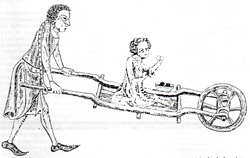Sheep Pen Lane
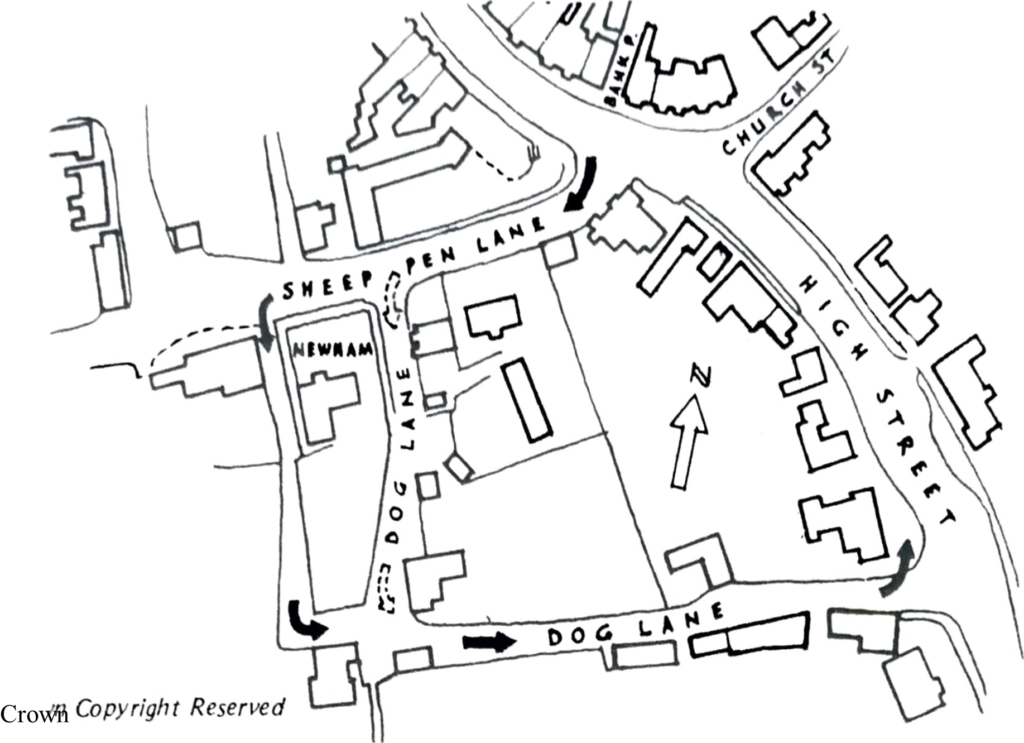
After turning turn right into Sheep Pen Lane from the High Street on the opposite corner is Stone House, a building which apart from the church is believed to be the oldest in the town, its flint lower storey, dressed with Pulborough stone, probably being early 14th. century. According to the Abbey of Sion’s records of 1476 it was once a ‘Clothehalle’ a market for the sale of woollen cloth, and later a ‘Prison House’. Subsequent legal references to Prison Barn and Prison Land confirm its use as a gaol and also a fetter was found in the vicinity. Coins found locally, of Harold’s and Edward the Confessor’s period add support to the theory that this was also the site of the Saxon Mint. Records refer to the resident moneyer Dermon and the existence of a mint up to about 1100. The upper storey was added later, probably in the 16th century. See below for a representation of Stone House.
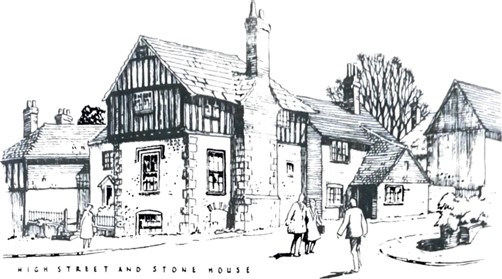
As you reach Dog Lane there is an attractive flint and brick cottage on your left and on the opposite corner is Newham, a 16th. century farmhouse converted later in Queen Anne’s time. Its dignified façade is now hidden behind the high garden wall so we have included below sketches of its front elevation and gateway. Immediately opposite this gateway a plaque records the old names of Sheep Pen Lane, ‘le Schepenestrete’ in 1271 and ‘le Sheppenstreete’ in 1467 for here the shepherds folded their sheep ready for market.
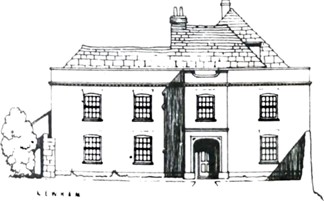
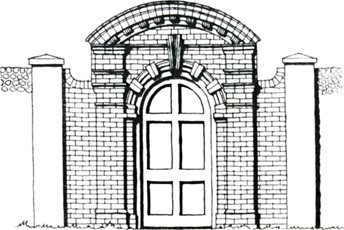
If it is wet underfoot turn left into Dog Lane but otherwise turn left into the footpath past Newham. Then press Next.
